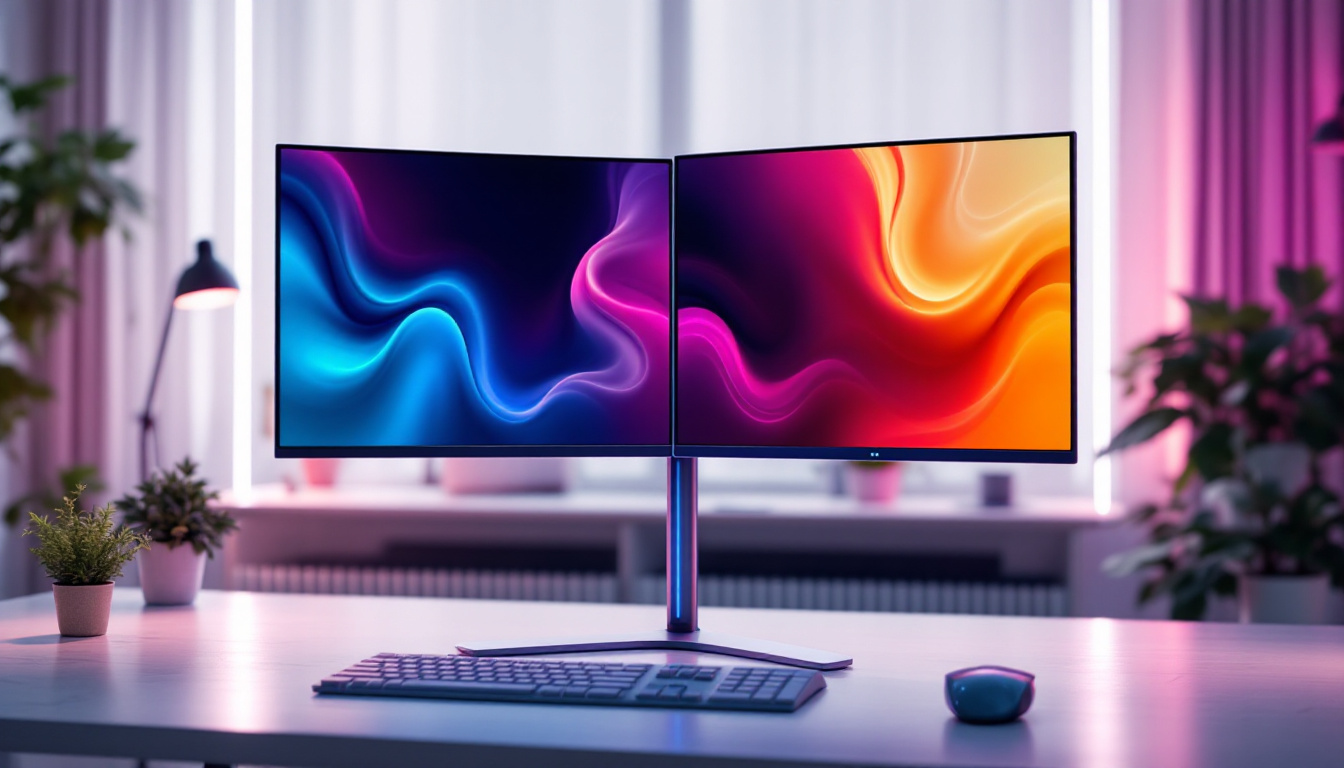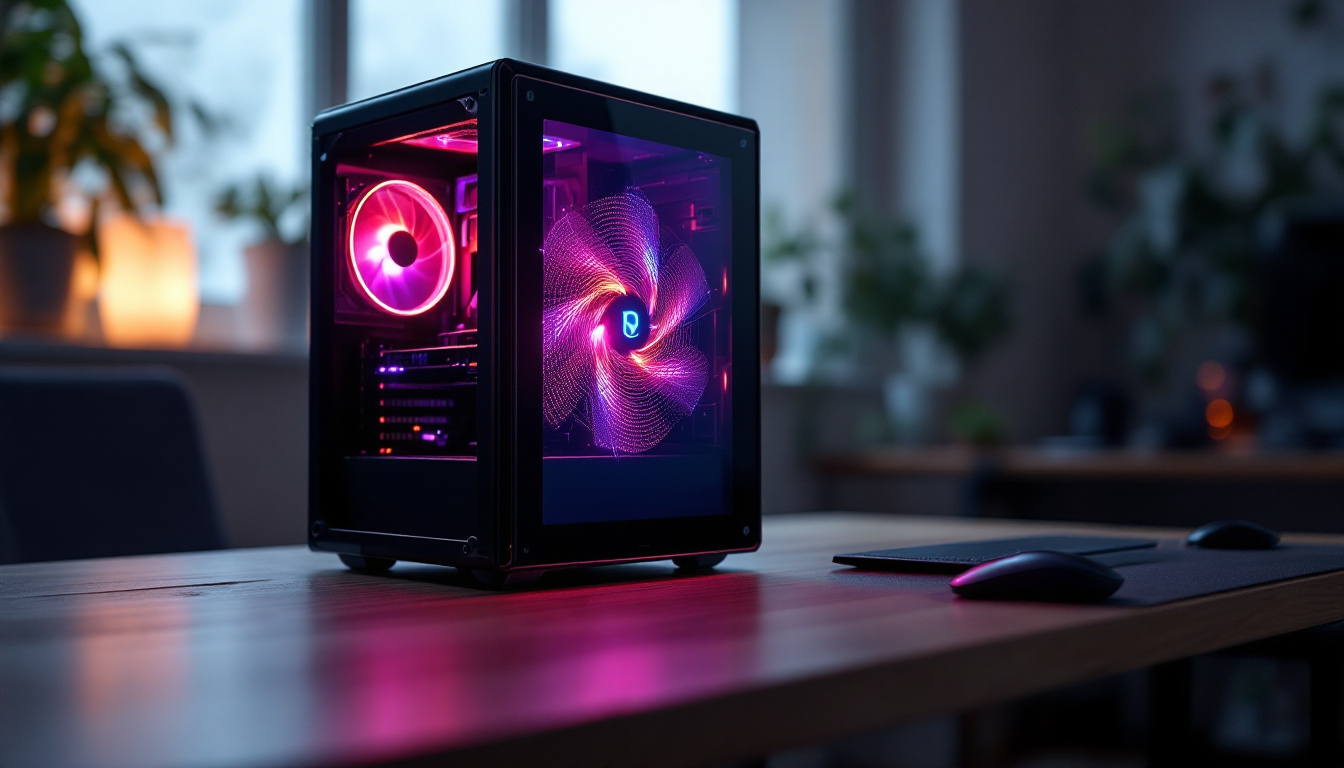1 Inch LCD Screen: LED Display Explained
In the realm of modern technology, displays play a crucial role in how we interact with devices. One of the most common types of displays is the LCD (Liquid Crystal Display), which has evolved significantly over the years. This article delves into the specifics of a 1-inch LCD screen, exploring its features, advantages, and applications, while also shedding light on the underlying technology that powers these compact displays.
Understanding LCD Technology
Liquid Crystal Displays (LCDs) utilize liquid crystals to modulate light. Unlike traditional cathode ray tube (CRT) displays, LCDs are much thinner and lighter, making them ideal for a wide range of applications. The fundamental principle behind LCD technology involves the manipulation of light through liquid crystals, which can change their alignment when subjected to an electric field. This innovative approach not only enhances the portability of devices but also contributes to energy efficiency, as LCDs consume significantly less power compared to their CRT counterparts.
How LCDs Work
At the heart of every LCD is a layer of liquid crystals sandwiched between two polarizing filters. When an electric current is applied, the liquid crystals align in such a way that they either allow light to pass through or block it. This process creates the images and colors we see on the screen. The backlight, usually provided by LEDs, illuminates the display, making it visible in various lighting conditions. Additionally, the use of advanced technologies such as edge-lit and full-array local dimming in backlighting has further improved the contrast and brightness levels of LCDs, allowing for a more vibrant viewing experience.
Types of LCD Displays
There are several types of LCD technologies, including Twisted Nematic (TN), In-Plane Switching (IPS), and Vertical Alignment (VA). Each type has its own strengths and weaknesses. For instance, TN panels are known for their fast response times, making them suitable for gaming, while IPS panels offer better color accuracy and wider viewing angles, which are beneficial for graphic design and multimedia applications. VA panels, on the other hand, are praised for their superior contrast ratios, making them ideal for watching movies in darker environments. As technology advances, new variations such as Quantum Dot LCDs are emerging, promising even better color reproduction and efficiency, further expanding the possibilities of LCD technology.
The 1-Inch LCD Screen: A Closer Look
A 1-inch LCD screen may seem small, but it packs a significant amount of technology into a compact form factor. These screens are commonly used in devices such as smartwatches, fitness trackers, and portable gadgets. Despite their size, they can display a variety of information, including notifications, time, and even images. The versatility of these screens allows them to serve multiple functions, from simple timekeeping to more complex data visualization, making them invaluable in today’s fast-paced digital world.
Specifications and Features
Typically, a 1-inch LCD screen will have a resolution of around 128×128 pixels or similar, providing sufficient clarity for basic graphics and text. The pixel density is high enough to ensure that images and text appear sharp and clear. Additionally, many of these displays are designed to be energy-efficient, which is crucial for battery-operated devices. Some models even incorporate touch sensitivity, allowing users to interact directly with the screen for a more intuitive experience. This feature enhances usability, enabling quick navigation through menus and settings, which is particularly beneficial in wearable technology where user interaction is often limited by size.
Advantages of 1-Inch LCD Screens
One of the primary advantages of a 1-inch LCD screen is its compact size, allowing manufacturers to create smaller and lighter devices. This is particularly important in wearable technology, where space is at a premium. Furthermore, LCDs are generally more affordable than other display technologies, such as OLED, making them a cost-effective choice for many applications. The durability of LCD screens also plays a significant role in their popularity; they are less susceptible to burn-in issues compared to OLED displays, ensuring that the screen remains functional and visually appealing over time. Additionally, the wide viewing angles offered by many LCD screens make them suitable for various lighting conditions, ensuring that users can easily read the display whether they are indoors or outdoors.
Applications of 1-Inch LCD Screens
1-inch LCD screens find their way into a variety of applications, showcasing their versatility. From consumer electronics to industrial devices, these screens serve multiple purposes, enhancing user experience and functionality.
Wearable Technology
In the world of wearable technology, 1-inch LCD screens are ubiquitous. Smartwatches and fitness trackers utilize these displays to provide users with essential information at a glance. The compact size allows for a sleek design, while the clarity of the screen ensures that notifications, heart rate data, and other metrics are easily readable. Moreover, advancements in LCD technology have led to improved brightness and color accuracy, making it possible for users to view their data even in bright sunlight. This is particularly beneficial for outdoor enthusiasts who rely on their devices for navigation and fitness tracking during their activities.
Portable Gadgets
Beyond wearables, 1-inch LCD screens are also prevalent in portable gadgets such as cameras, handheld gaming devices, and remote controls. These screens enable users to view images, navigate menus, and interact with the device without taking up excessive space. The lightweight nature of LCD technology complements the portability of these devices. Additionally, the integration of touch-sensitive capabilities in some 1-inch LCD screens has further enhanced user interaction, allowing for intuitive gestures and swipes to control various functions. This has led to a more engaging experience, especially in gaming, where quick responses are crucial. Furthermore, as technology advances, manufacturers are exploring ways to incorporate higher resolution displays within this compact size, promising even sharper images and more vibrant colors for users.
Comparing LCD with Other Display Technologies
While LCDs are widely used, they are not the only display technology available. Understanding the differences between LCD and other technologies, such as OLED and microLED, can help in choosing the right display for specific needs. Each technology has its own unique characteristics that cater to different preferences and use cases, making it essential to evaluate them based on performance, cost, and longevity.
LCD vs. OLED
Organic Light Emitting Diode (OLED) displays offer several advantages over LCDs, including deeper blacks and more vibrant colors. This is because OLED panels emit light individually from each pixel, allowing for greater contrast ratios. The ability of OLEDs to turn off individual pixels results in true black levels, which enhances the viewing experience, especially in dark environments. However, LCDs tend to be more affordable and can achieve higher brightness levels, making them suitable for various environments. Furthermore, LCDs have made significant advancements in technology, such as the introduction of Quantum Dot technology, which enhances color accuracy and brightness, bridging some of the gaps that once existed between these two display types.
LCD vs. MicroLED
MicroLED technology is another emerging display option that promises to deliver high brightness and excellent color accuracy. Similar to OLED, microLEDs emit light at the pixel level, but they use inorganic materials, which can lead to longer lifespans and less risk of burn-in. This makes microLEDs particularly appealing for applications that require long-term use without degradation of image quality. However, microLED technology is still in its infancy, and LCDs remain the more established option for many applications. As the technology matures, we may see microLED displays becoming more mainstream, especially as manufacturers work to reduce production costs and improve scalability. Additionally, microLEDs can potentially offer a modular design, allowing for customizable screen sizes and shapes, which could revolutionize how displays are integrated into various environments, from homes to commercial spaces.
Future Trends in LCD Technology
The future of LCD technology is promising, with ongoing research and development aimed at enhancing performance and reducing costs. Innovations in backlighting, color accuracy, and energy efficiency are on the horizon, which could further solidify the role of LCDs in various industries. As technology evolves, we can expect to see LCDs becoming even more integrated into our daily lives, from consumer electronics to advanced medical imaging systems.
Advancements in Backlighting
One area of focus is the improvement of backlighting techniques. Traditional LCDs use fluorescent backlights, but newer models are increasingly utilizing LED technology. This shift not only enhances brightness and color accuracy but also contributes to energy savings, making LCDs more environmentally friendly. Moreover, the introduction of mini-LED and micro-LED technologies is set to revolutionize backlighting further by allowing for local dimming capabilities, which can significantly improve contrast ratios and overall picture quality. These advancements will not only enhance the viewing experience but also open up new possibilities for ultra-thin displays, making them more versatile for various applications.
Enhanced Color Gamut
As consumer demand for more vibrant displays grows, manufacturers are working to expand the color gamut of LCD screens. This means that future LCDs will be able to reproduce a wider range of colors, making them more suitable for applications that require precise color representation, such as graphic design and photography. In addition to this, advancements in quantum dot technology are being explored, which can further enhance color reproduction and brightness levels. By incorporating quantum dots into LCD panels, manufacturers can achieve deeper blacks and more vivid colors, creating an immersive viewing experience that rivals that of OLED displays. This not only benefits entertainment and media consumption but also enhances educational tools and professional applications where color accuracy is paramount.
Conclusion
In conclusion, the 1-inch LCD screen exemplifies the remarkable advancements in display technology. While small in size, it offers significant functionality across a variety of applications, from wearables to portable gadgets. As technology continues to evolve, LCDs are likely to remain a staple in the display market, providing users with reliable and efficient solutions for their visual needs.
Understanding the intricacies of LCD technology, particularly in the context of compact displays, is essential for anyone involved in product design or technology development. As the landscape of display technology continues to change, staying informed about these advancements will be crucial for making informed decisions in the future.
Discover Cutting-Edge Display Technology with LumenMatrix
As you’ve seen, the 1-inch LCD screen is just the beginning of what’s possible in the world of display technology. If you’re looking to elevate your visual communication and create truly immersive experiences, look no further than LumenMatrix. Our innovative LED display solutions, ranging from Indoor and Outdoor LED Walls to Custom and Transparent Displays, are designed to captivate your audience and amplify your message. Check out LumenMatrix LED Display Solutions today and join the revolution in high-impact visual storytelling.































